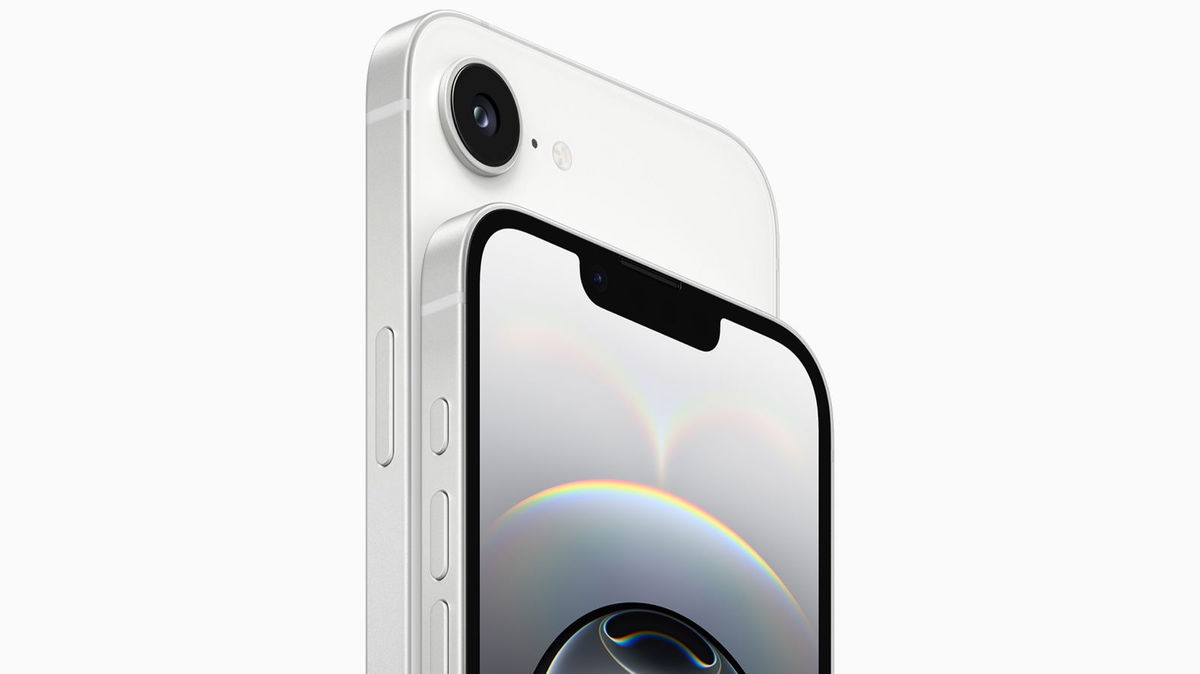Mark Zuckerberg hasn’t forgotten the metaverse. Meta leader unveiled new virtual reality avatars this week that use scanning technology to build 3D models of the user’s face. The result is impressively realistic.
“I just think it’s really magical,” Zuckerberg said in an interview on Lex Friedman’s podcast published Thursday. “This gets to the core of the vision of virtual and augmented reality, offering a sense of presence as if you were there with another person, no matter where in the world you are,” the Facebook founder commented.
The interview was not conducted face to face. Or yes, but no. The two were hundreds of kilometers apart. “But it feels like we’re in the same room,” an agitated Friedman insisted several times. In the sample video, real-life images of both are interspersed with their new avatars, part of the Pixel Codec Avatars project that Meta launched in 2021.
Zuckerberg renews metaverse debate immediately after Meta Connect 2023. During the multi-day event, the company unveiled Meta Quest 3 — its mixed reality glasses — and other news about artificial intelligence, a technology that has at times calmed Zuckerberg’s insistence on the metaverse.
The launch of ChatGPT in late 2022 set the tone for major tech companies, including Meta. But the metaverse itself was no longer exciting. Last year, Meta recorded operating losses of approx. $13.7 billion in Reality Labs, development department for your virtual universe.
The project caused so much mistrust that the company’s shareholder firm asked Zuckerberg to reduce investment in a public letter. “Meta needs to get fit and focused,” the letter, published in October 2022, said.
Zuckerberg’s metaverse has become a meme
Zuckerberg unveiled his first avatar for the metaverse last February. It immediately became a meme. He was a caricature of himself in front of a virtual version of the Eiffel Tower. An easy joke on social networks. Since then, other versions have been introduced that try to improve on this first attempt.
Graphic artist Meta even revealed that they designed about 40 versions of Zuckerberg’s face in 4 weeks before Meta Connect in 2022. But the result was not much different.
Zuckerberg explained that for the interview with Friedman, they both took 3D scans of their faces. “Instead of our avatars being cartoonish and instead of streaming video, we scanned ourselves and a lot of different expressions,” he said.
Based on this, they built computer models for each of them. In addition to being super realistic, it is also more effective, Compared to the bandwidth required to stream full video or immersive 3D video. The system, “when you have a helmet on your head, sees your face, sees your expression, and can essentially send through the cables an encoded version of what you should look like,” Zuckerberg added while putting on the Quest Pro.

When will new avatars be ready?
It will likely be some time before the new super-realistic avatars become publicly available. Zuckerberg said the goal still working on simplifying the scanning process. The goal is to make scanning possible by simply waving your phone in front of your face for a few minutes. Meta’s CEO explained that this process currently takes several hours.
Zuckerberg emphasized that his intention is to achieve more than just an immersive video call. “What you can do in the Metaverse that’s different from what you can do on a phone is do something where you’re physically there together and participate in something together.”
He talked about gaming and meetings, but all applications and use cases still need to be built with those capabilities in mind. And he blurted out: “But I don’t know, I think the next few years are going to be pretty turbulent in that regard.”

Source: Hiper Textual
I am Garth Carter and I work at Gadget Onus. I have specialized in writing for the Hot News section, focusing on topics that are trending and highly relevant to readers. My passion is to present news stories accurately, in an engaging manner that captures the attention of my audience.












